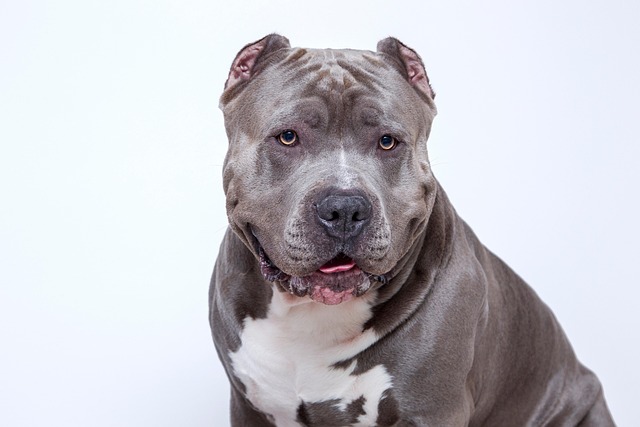
What is glaucoma in a dog?
You might notice your dog squinting more at mealtime or avoiding bright sunlight—these small changes could be early signs of a serious eye condition.
Bringing home a pup after eye surgery means shifting from vet clinic care to creating a safe, calm space where healing can happen. Many new dog owners don’t realize how easily a curious snuffle or excited tail wag can disrupt delicate eye tissues—even a quick rub against a couch cushion might irritate the surgical site. That’s why starting with a “healing zone” is key: pick a quiet corner away from busy foot traffic, keep chew toys soft (no hard rubber that could bump their face), and remove any low-hanging blankets or rugs they might nudge with their head.
Understanding why restrictions matter helps stick to them. After eye surgery, a dog’s eye is more vulnerable to infection and pressure—too much activity can raise intraocular pressure, slowing recovery or even causing complications. Stick to short, leashed potty breaks only (no off-leash runs in the yard) and avoid games like fetch that get them jumping. For apartment dwellers, this means skipping elevator rides during peak hours to prevent jostling; take the stairs slowly, or wait for a less crowded elevator.
 Daily care tasks need gentle consistency. Follow your vet’s instructions for eye drops or ointment—always wash your hands first, and hold their head steady but soft (never squeeze their cheeks). If your vet sent home an Elizabethan collar (the “cone”), keep it on—even if they hate it. A common mistake new owners make is taking the cone off “just for a minute,” but one quick scratch can undo weeks of healing. For mealtime, use a shallow bowl so the cone doesn’t get in the way, and check the eye area daily for redness, discharge, or swelling—these are signs to call the vet right away.
Daily care tasks need gentle consistency. Follow your vet’s instructions for eye drops or ointment—always wash your hands first, and hold their head steady but soft (never squeeze their cheeks). If your vet sent home an Elizabethan collar (the “cone”), keep it on—even if they hate it. A common mistake new owners make is taking the cone off “just for a minute,” but one quick scratch can undo weeks of healing. For mealtime, use a shallow bowl so the cone doesn’t get in the way, and check the eye area daily for redness, discharge, or swelling—these are signs to call the vet right away.
Staying compliant with local rules ties into good recovery too. While your dog heals, you still need to clean up after them during potty breaks—always carry poop bags, as most U.S. cities fine owners who skip this. Also, keep their vaccine records handy: some communities require proof of current shots even for leashed, recovering dogs, especially if you pass through public parks on the way to the vet. And remember, positive reinforcement goes a long way here—praise them softly and offer tiny treats after eye drops or potty breaks to keep stress low; punishment (like scolding for pawing at the cone) will only make them anxious, which slows healing.
Watching your pup heal takes patience, but those small daily steps add up to a full recovery. In a week or two, you’ll notice them blinking more comfortably, and soon they’ll be back to chasing their favorite toy. Always follow up with your vet for scheduled checkups—these visits let them make sure the eye is healing as it should, and adjust care if needed. Before you know it, your pup’s bright, healthy eyes will be back to lighting up the room.

You might notice your dog squinting more at mealtime or avoiding bright sunlight—these small changes could be early signs of a serious eye condition.

Let’s set the scene: It’s a sweltering Phoenix afternoon—105°F outside—and you rushed your 2-year-old Lab mix, Cooper, on a quick walk to “get it over with.”

Let’s get real: You’re in your Miami apartment, watching your 3-year-old Corgi, Loki, struggle to climb the stairs to your second-floor unit.

Many dog owners brush off occasional scratching as just “dog behavior,” but persistent itching often signals something more—like a food allergy.

You might first notice your dog scratching more than usual—chewing at their paws until the fur looks thin, or rubbing their face against the couch nonstop.

Let’s be real: You’re standing in your Chicago apartment, watching your 3-year-old Beagle, Max, huff and puff just to climb onto the couch.